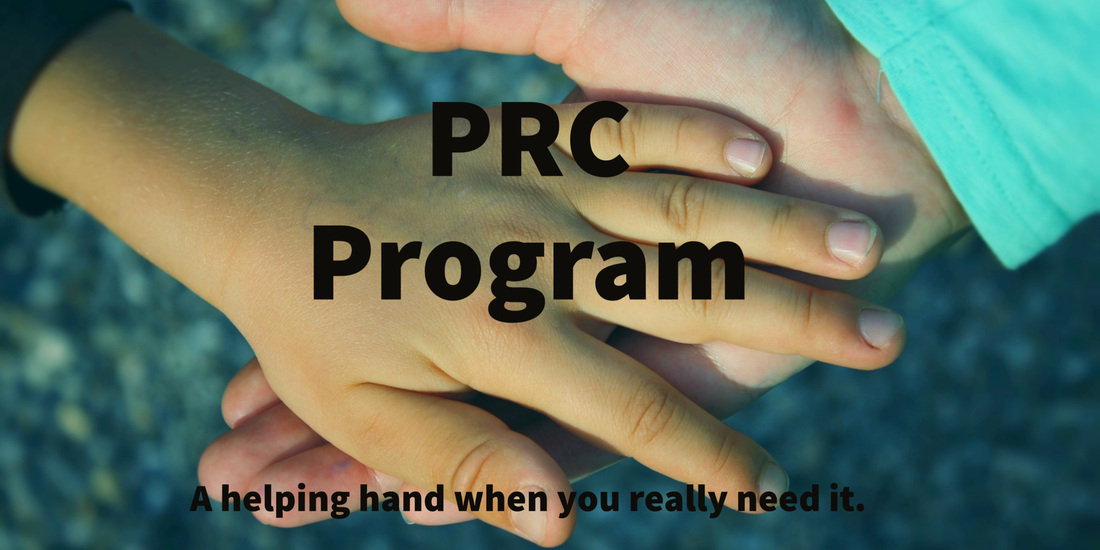In October 2024, the Children and Families team hosted the monthly Human Services Policy Advisors Institute Monthly Call for state leaders to discuss how their Governors are leveraging these structural adjustments to tackle emerging issues and work towards mitigating persistent human services delivery challenges.
In recent years, several states have made changes to the structure of their human services systems: creating new agencies, consolidating offices, or splitting up large departments into smaller priority areas. Making these changes to departmental structure is a significant undertaking that demands careful planning, execution, and ongoing evaluation. October’s call explored various steps and components of navigating these changes, like defining the department’s mission and goals, recruiting and hiring qualified personnel, establishing policies and procedures, and allocating resources.
Speakers
- Janie Cole, Commissioner, Bureau for Family Assistance, West Virginia Department of Human Services
- Susan Inman, Deputy Secretary, Maryland Governor Moore’s Office for Children
Key Takeaways
- Splitting/merging departments and agencies is a growing trend, especially as it pertains to early childhood education
- Structural governance changes can provide a tangible and concrete reflection of the priorities and philosophies of state leaders, including the Governor
- One path: dismantle “super” departments that cover several sectors, like health and human services. Keys to success when unwinding include:
- Scrutinizing funding pathways: it can be more difficult to move appropriations between programs when they sit in different departments
- “Marrying” programs with similar funding flexibilities and similar goals, like keeping TANF and Child Care in the same office given similar beneficiaries
- Deliberate attention to the transition of operations support, like human resources, building management, and finance to ensure appropriate capacity and bandwidth is available at disparate agencies/departments.
- Relationship and change management are critical at all levels, as staff may be concerned, wary, or confused about the change; open and transparent conversations are crucial
- Effective prioritization is key to a successful implementation strategy: establishing a new priority area can often generate excitement and trigger an onslaught of requests and staff can find themselves overwhelmed with the number of potential projects
Presentation from West Virginia
In 2021, West Virginia cleaved the Bureau for Children and Family Services (within the then Department of Health and Human Resources) into the Bureau for Family Assistance and the Bureau for Social Services to improve delivery of services.
- The Bureau for Family Assistance oversees wellbeing programs like SNAP, TANF, LIHEAP, Early Care and Education, and poverty prevention programs, while the Bureau for Social Services oversees protection programs like child and adult protective services, foster care, and adoption.
- The bisection afforded certain staff to focus all their energy on child welfare priorities while allowing other staff to invest time into prevention and wellbeing programs. Prior to the split, child welfare issues required a significant portion of staff time, and staff didn’t have capacity to invest attention in other upstream programs.
The broad charter of the Bureau for Children and Family Services made it difficult for leadership to maintain expertise over the programs, as many were vastly different in terms of funding, regulation, and scope.
- Now, the Bureau for Family Assistance is overseen by Deputy Commissioners covering Programs and Policy, Field Operations, Finance, and Quality Assurance
In 2024, West Virginia divided the “super” Department of Health and Human Resources into the Department of Health, Department of Human Services, and the Department of Health Facilities which was required by legislation passed in 2022.
Before the shift, there was a single Office of Shared Administration, that oversaw building management, human resources, and finance for the department. The state currently still has a single office overseeing those duties, but they’re considering the pros and cons of having one office working across the three new departments.
Presentation from Maryland
The Office for Children and Youth was created by statue in 1970, but has undergone a series of iterations, including a move to the Lt. Governor’s purview, before moving back to the office of the Governor.
- In 2020, the Office for Children and Youth was merged with the Office for Crime Prevention by an Executive Order to create the Governor’s Office for Crime Prevention and Youth and Victim Services
- In May of 2024, Governor Wes Moore separated the two offices and re-established the Governor’s Office for Children (GOC) by executive order and statute as a standalone entity
The current charter of the GOC is to support the wellbeing of children and families and reduce the number of families living in poverty, with priorities including : place-based assistance strategies, access to benefits and economic assistance, strengthening community schools, supports for children with complex needs, building sustained and long-term wealth, and providing access to good jobs to break the cycle of poverty.
- The GOC strives to be the “connective tissue” between state departments/agencies and private sector partners and dive into solutions that the administration, the state, and external stakeholders are passionate about and on which they can collaborate more freely.
- The head of the GOC is the current chair of the Children’s Cabinet, and leverages the existing structure as a hub to identify assignments and gather information from the participating agencies.
In 2024, Maryland created the ENOUGH Initiative, overseen by the GOC, that encourages collaboration to drive focused place-based investments to end child poverty in the highest need neighborhoods in the state.
The GOC created the place for high-priority work, serves as a force-multiplier to lead interagency work that may not obviously fall to one owner, and build capacity and knowledge in government.

